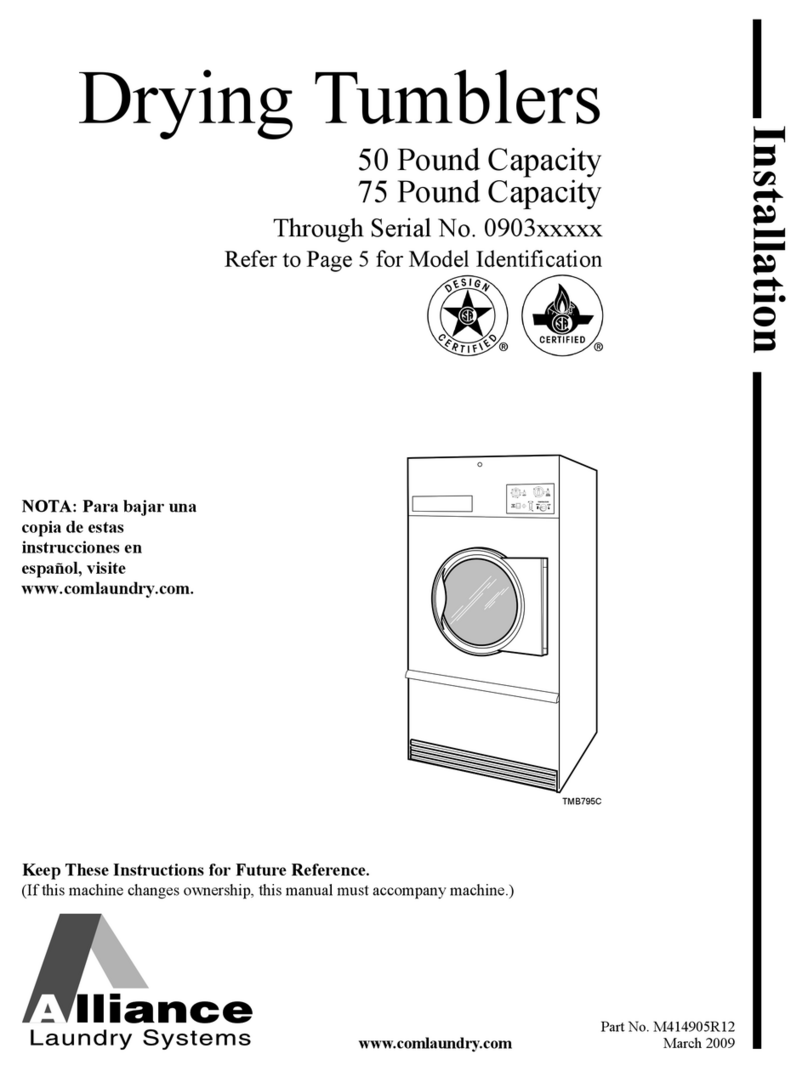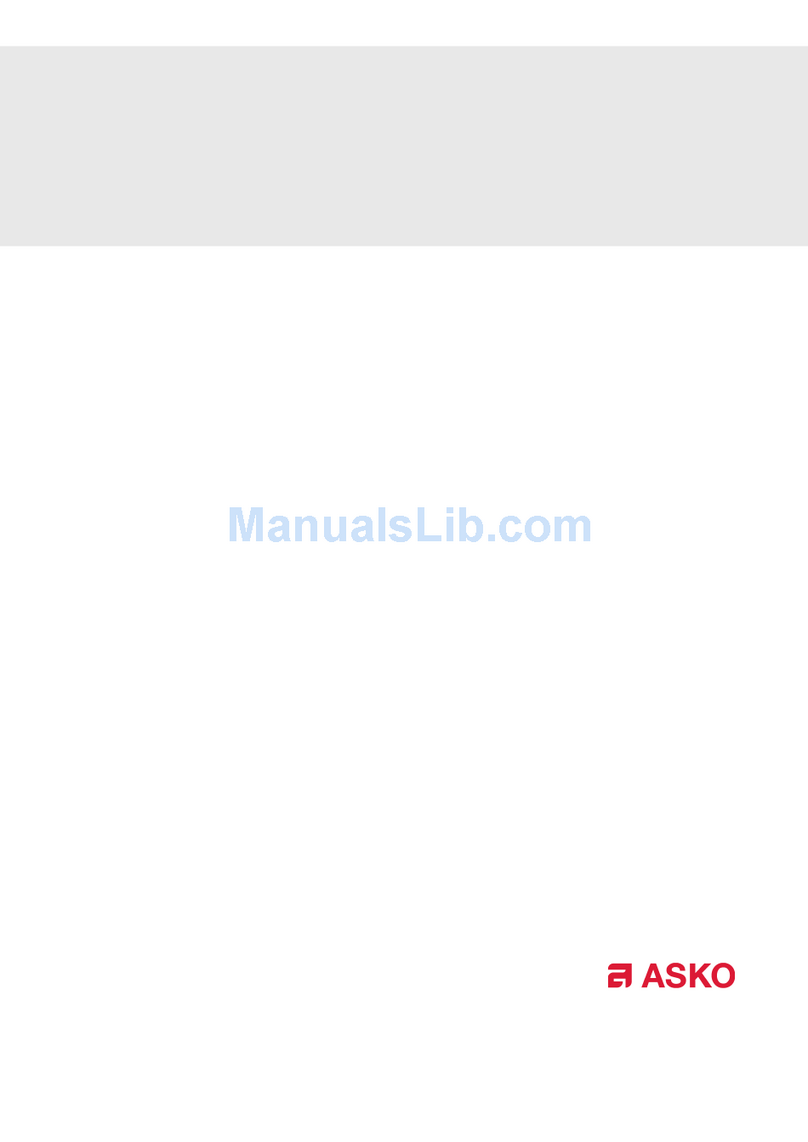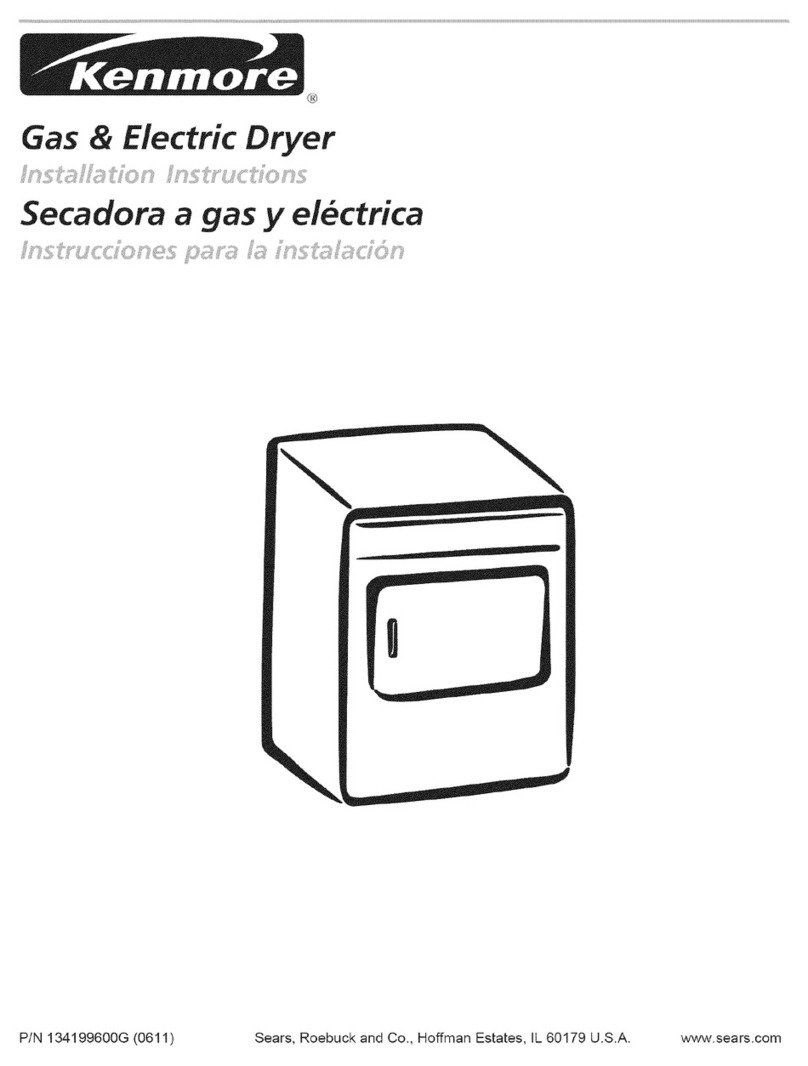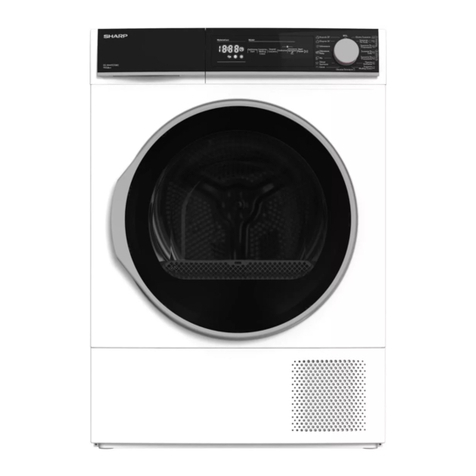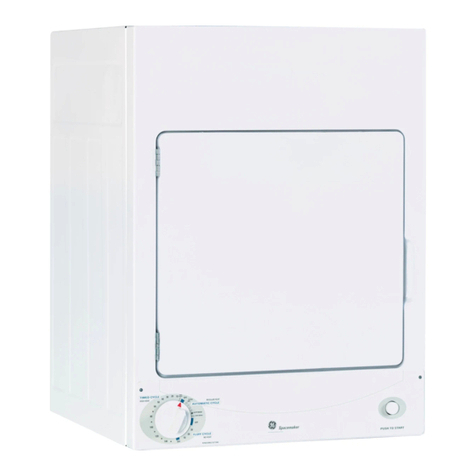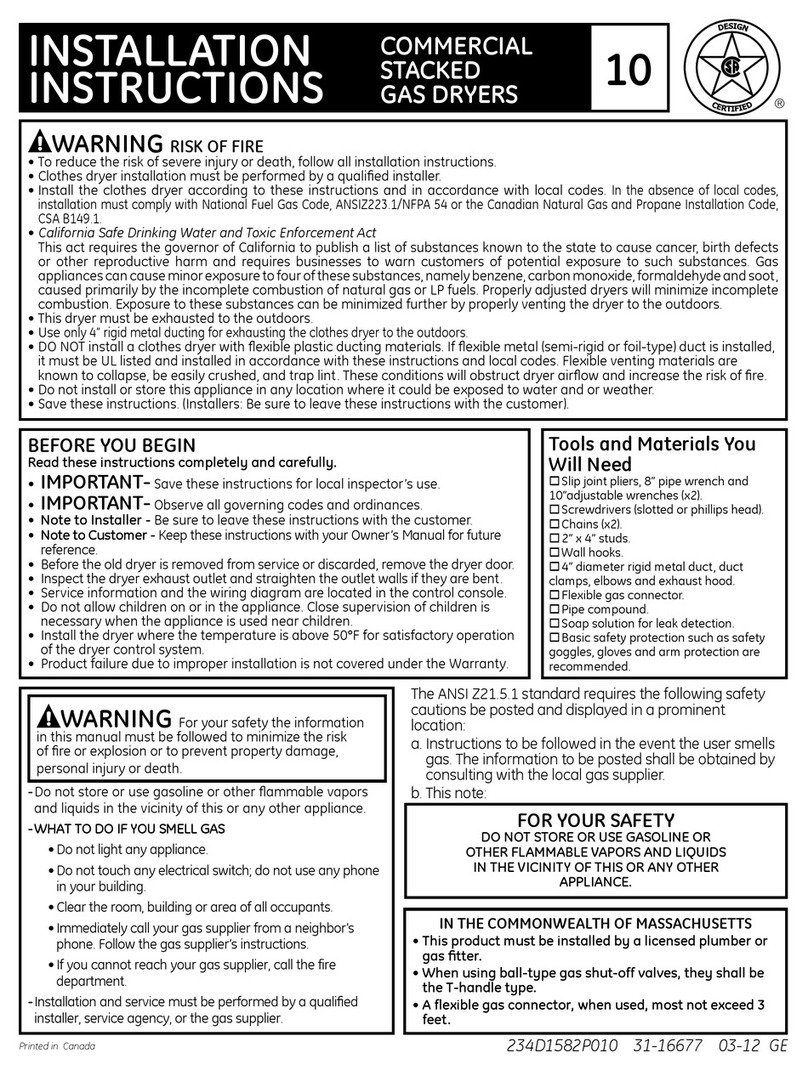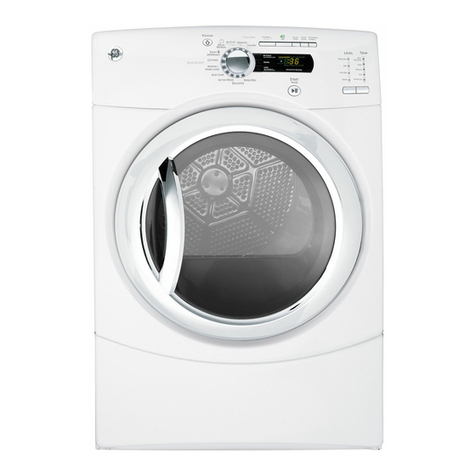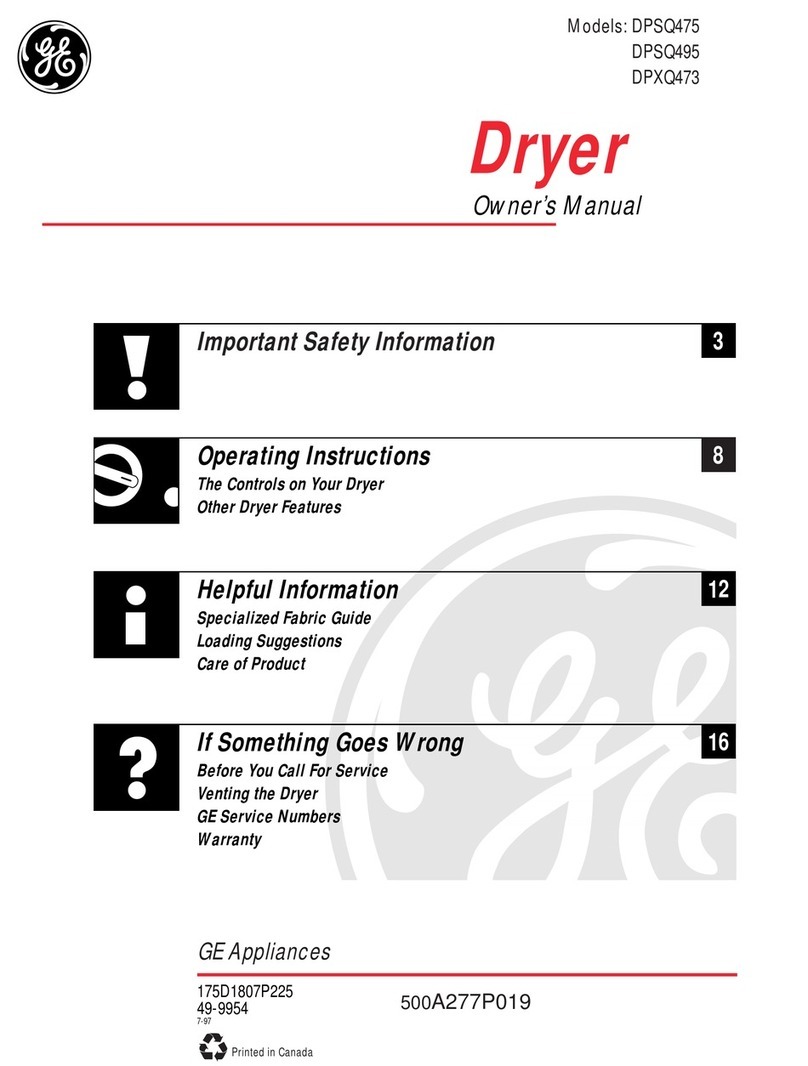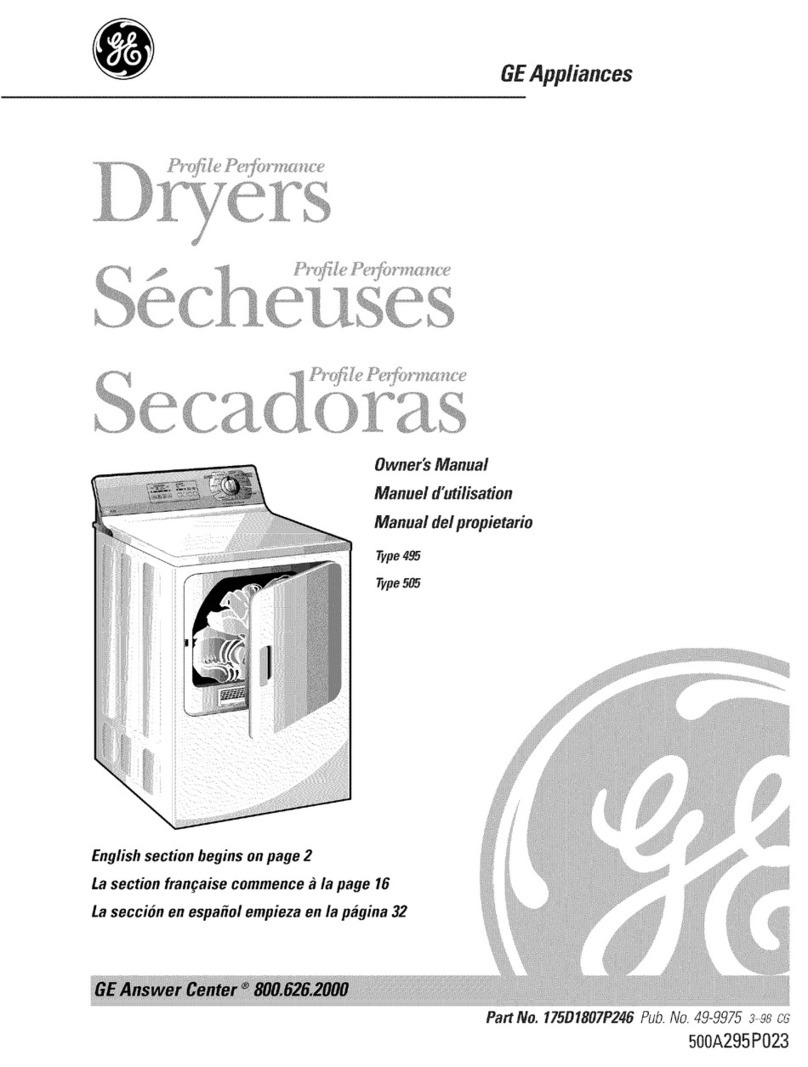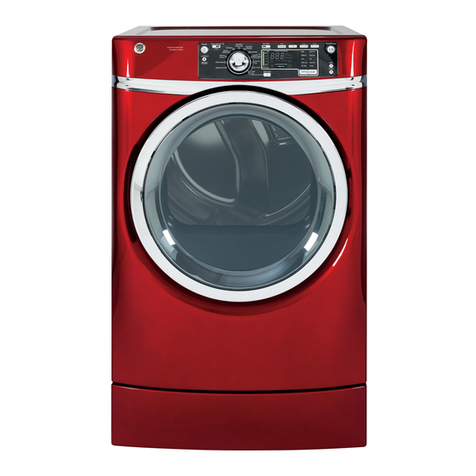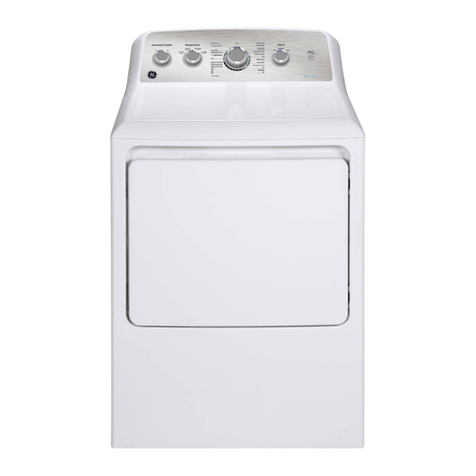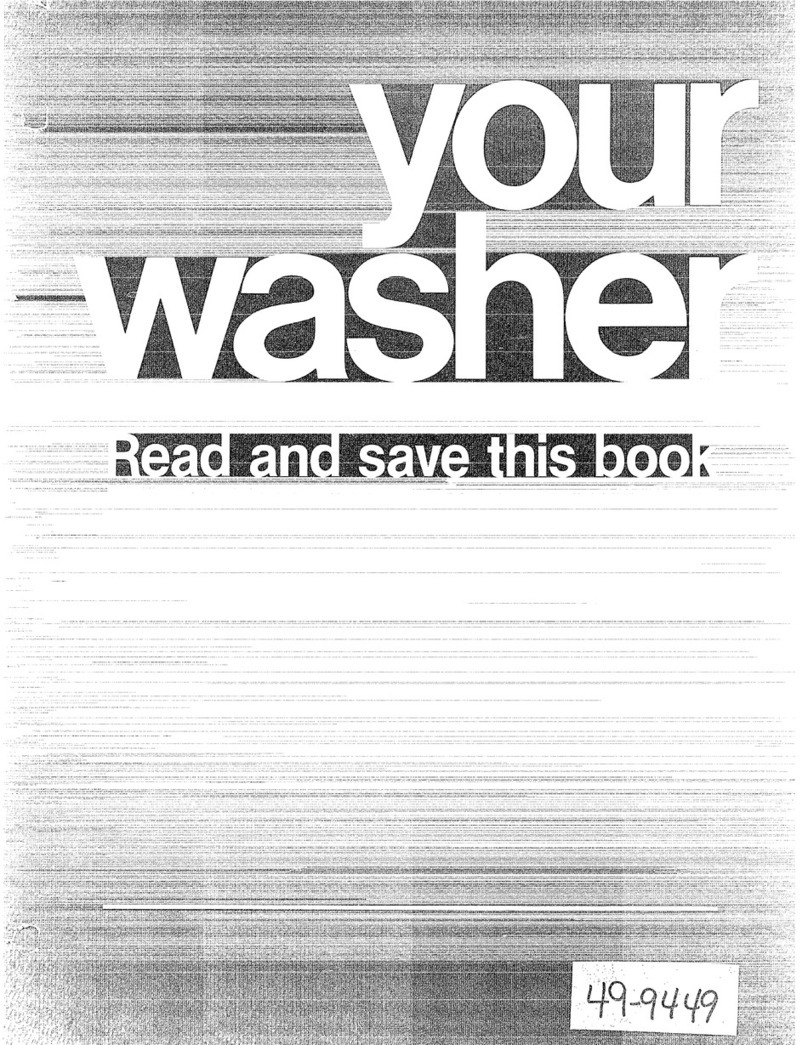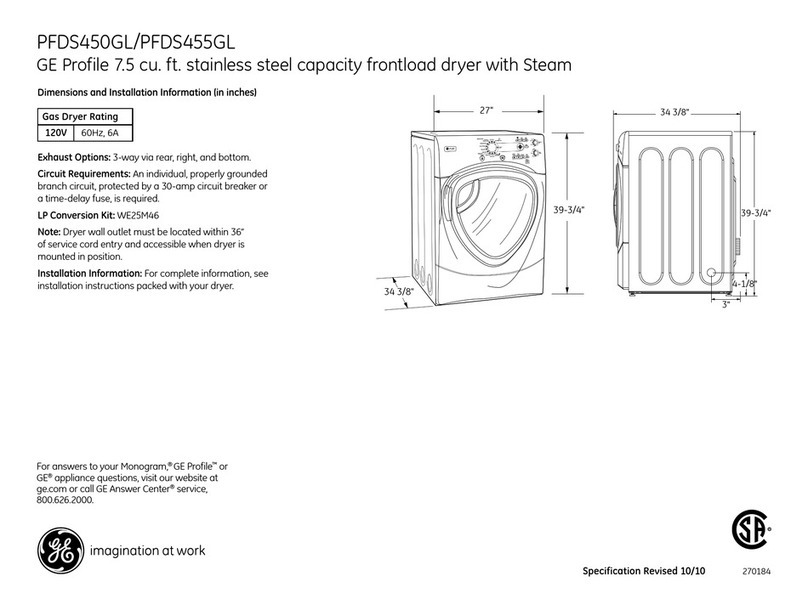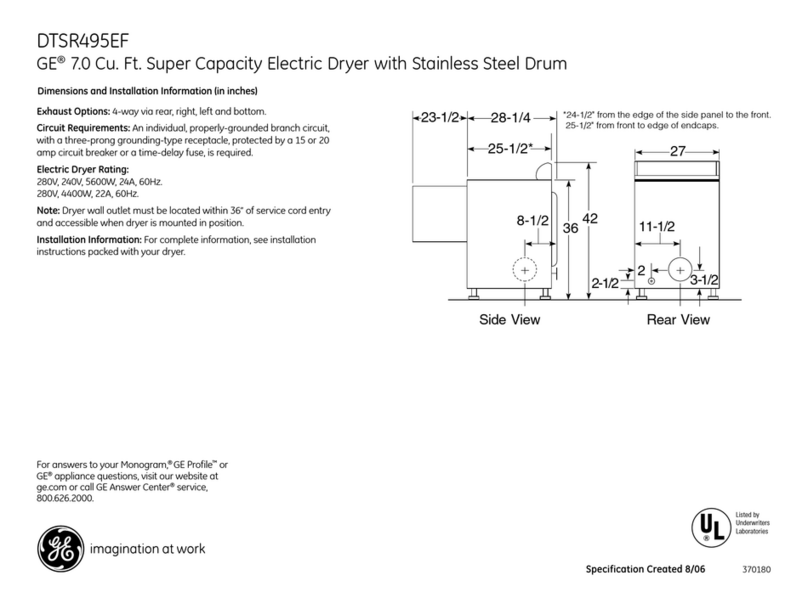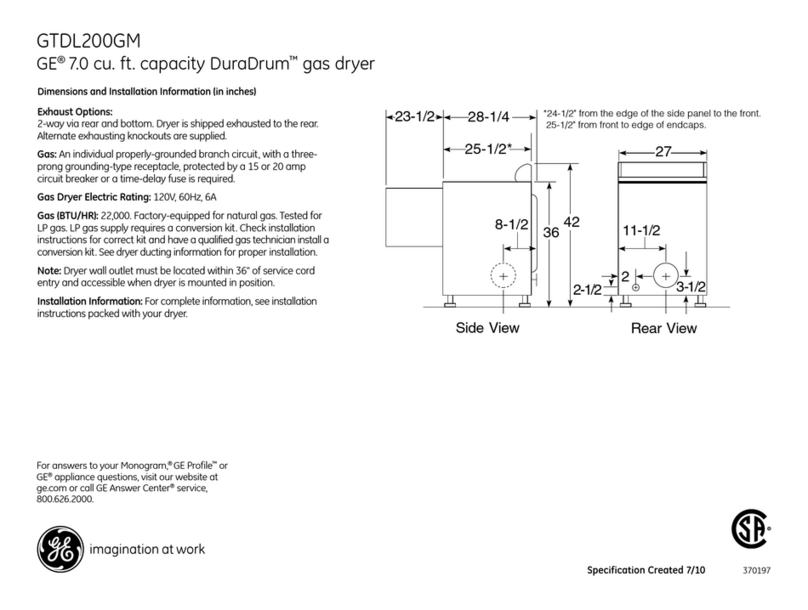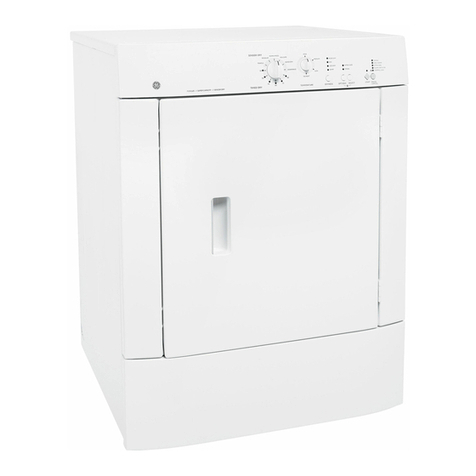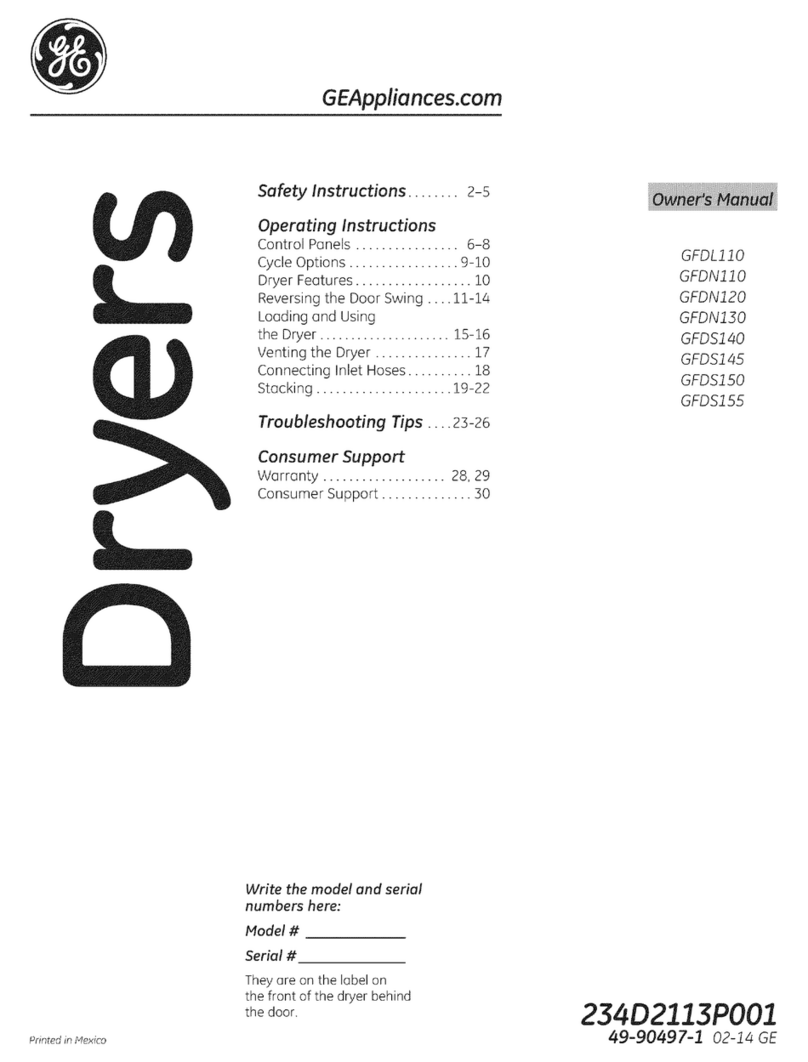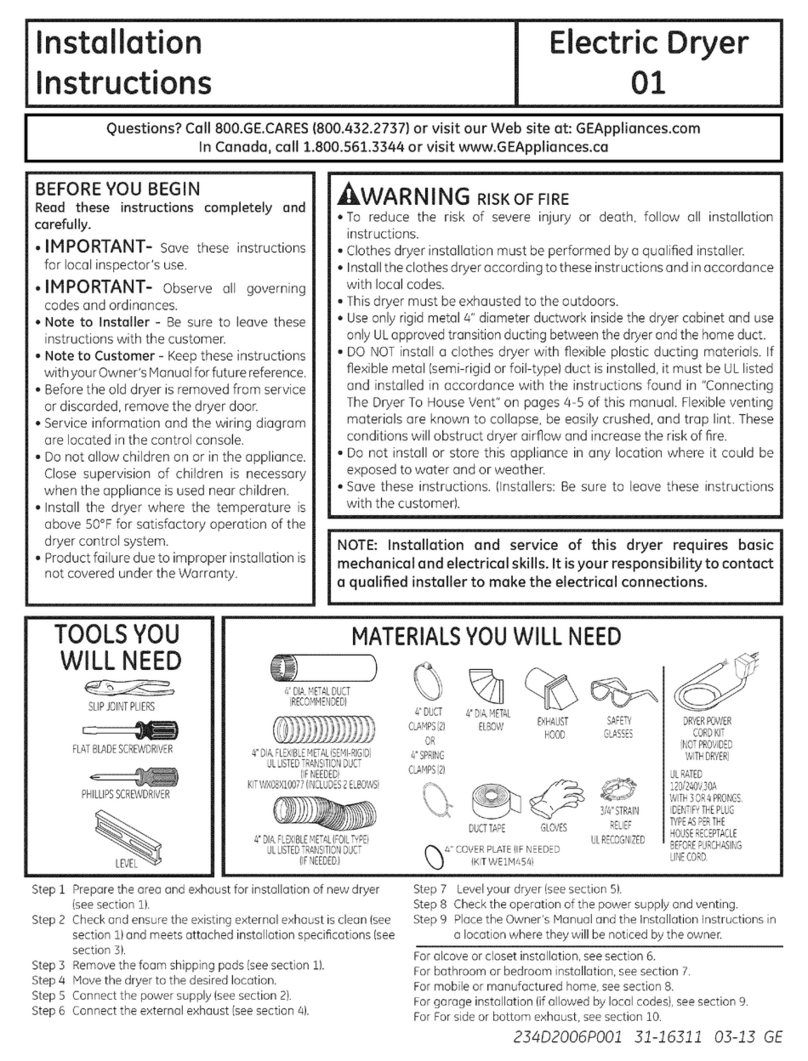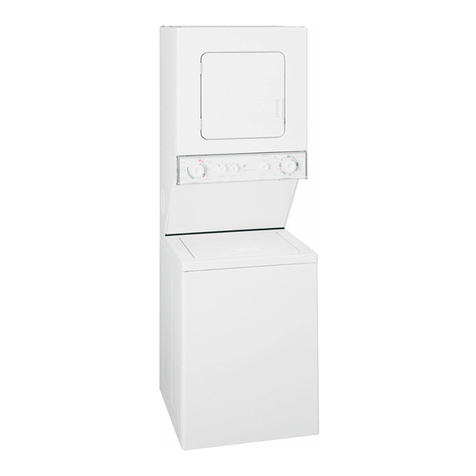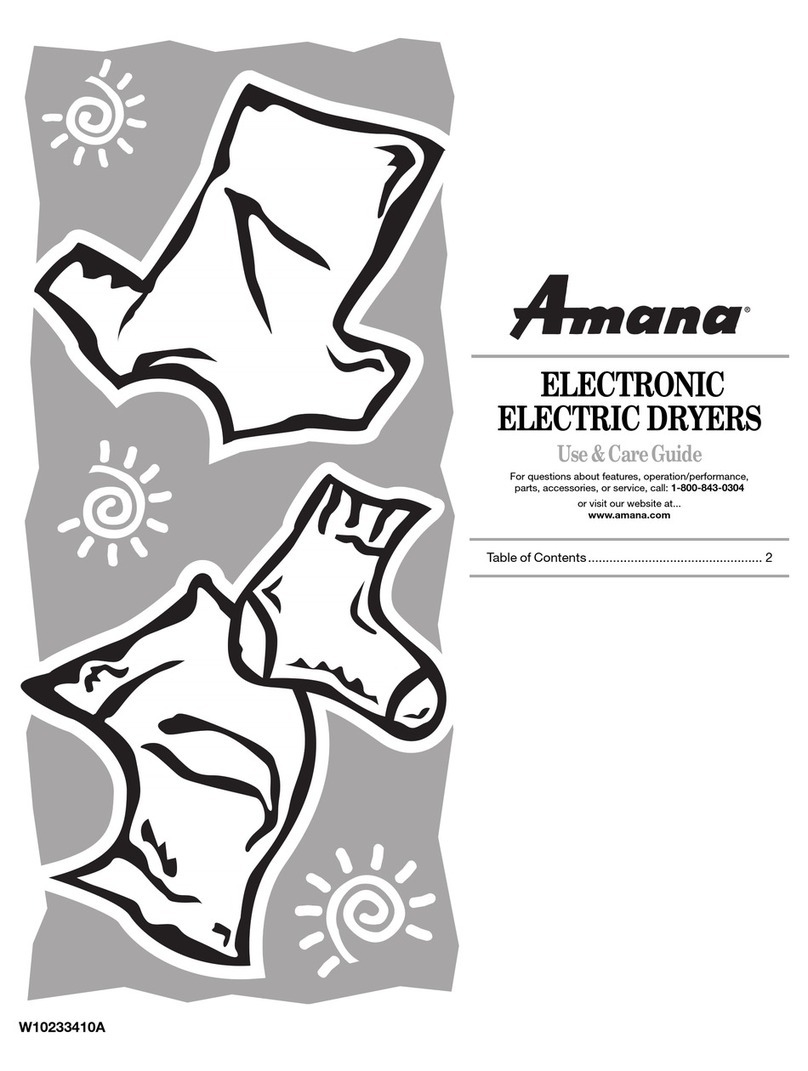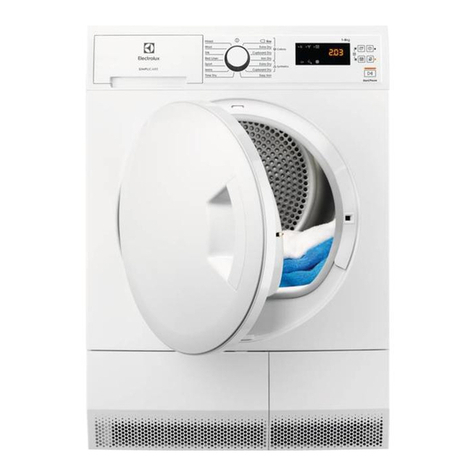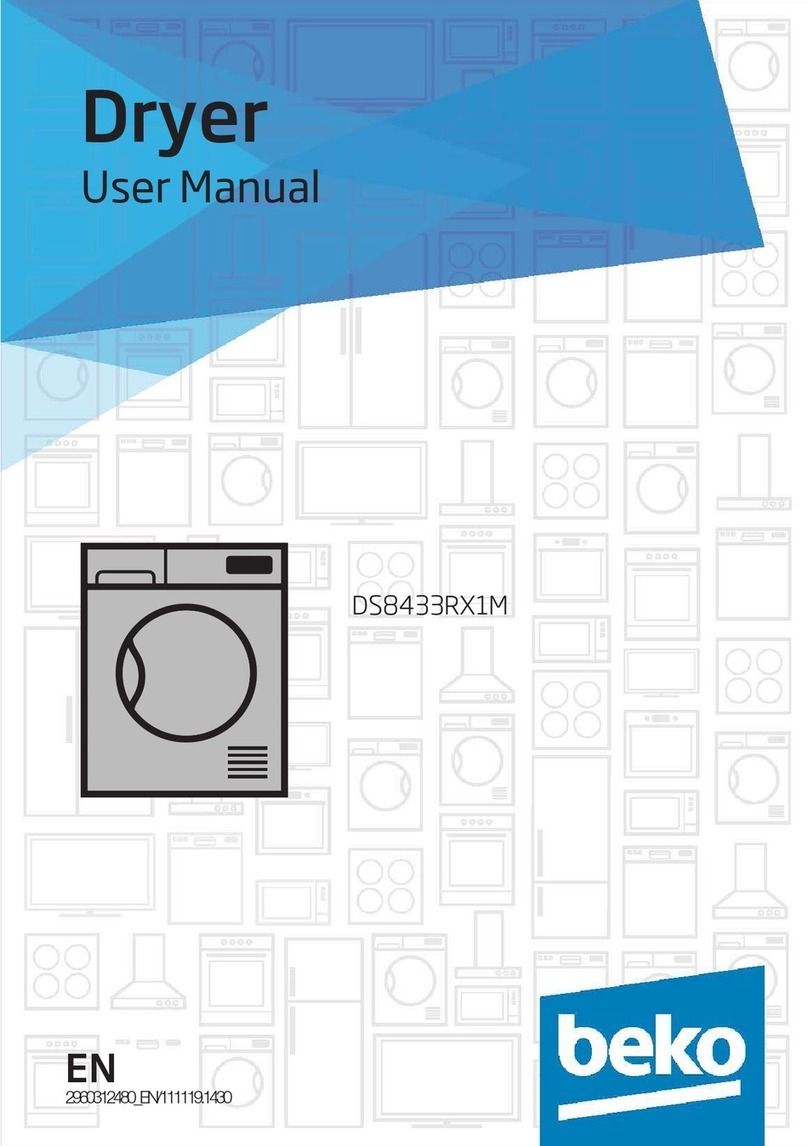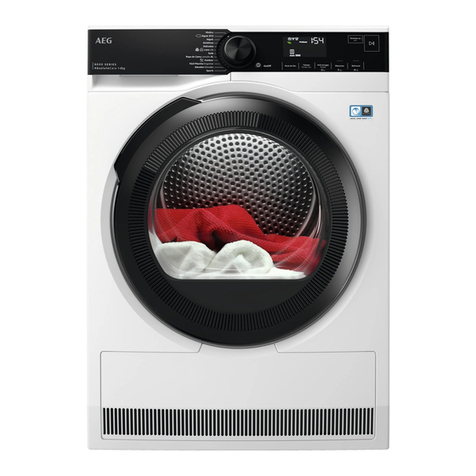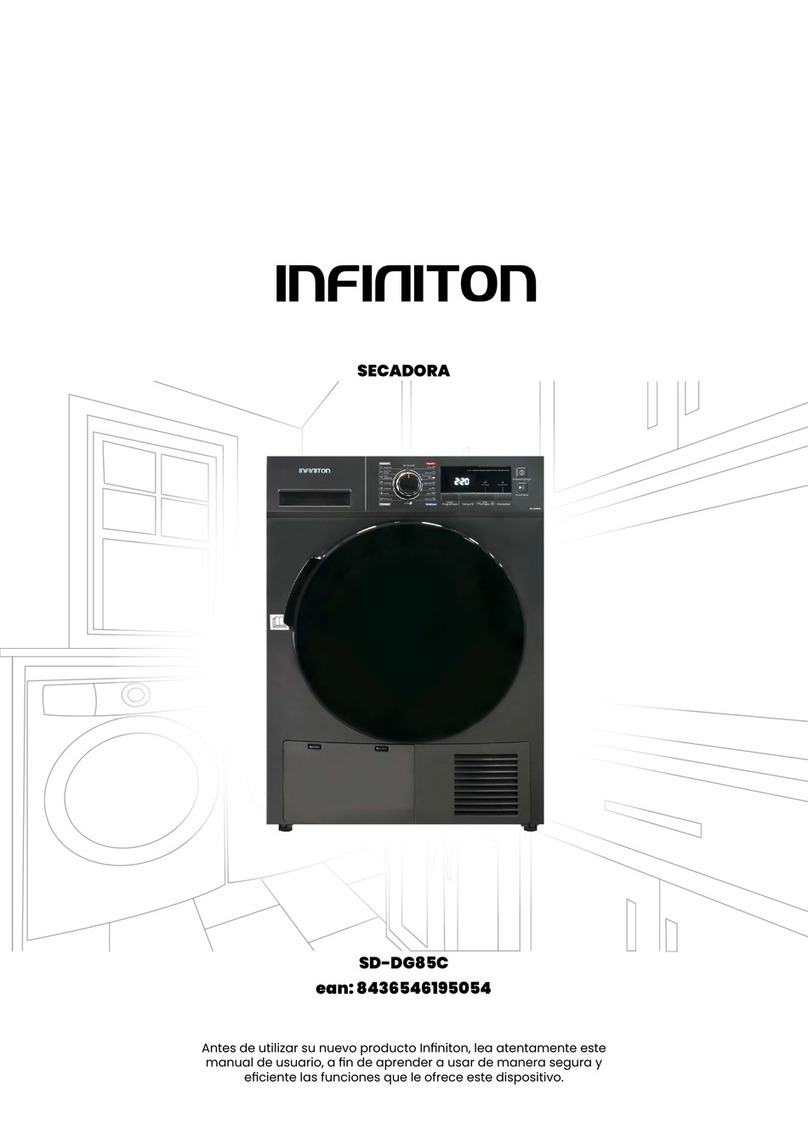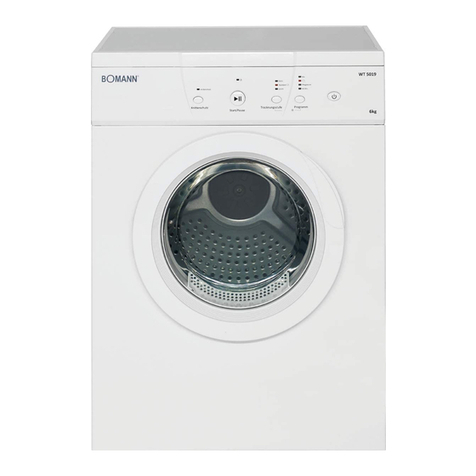
Installation instructions
CONNECTING DRYER USING 3-WIRE
CONNECTION
If required, by local code, install external
ground (not provided} to grounded metal,
cold water pipe, or other established
ground determined by a qualified
electrician. Fuse
Green Ground Screw
& Ground Strap
Screw Hot
Wire
(white}
Wire
Strain
Relief 3/4" UL
Bracket Recognized
Strain Relief
3 #10 AWG minimum copper conductors or 120/240V 30A power supply
cord kit marked for use with dryers and provided with closed loop or
spade terminals with upturned ends (not supplied).
3-wire Connection
Not for use in Canada.
DONOTuse for Mobile Home Installations.
NOTfor use on new construction.
NOTfor use on recreational vehicles.
NOTfor use in areas where local codes prohibit grounding
through the neutral conduction.
!. Turn off the circuit breaker(s) (30 amp) or remove the
dryer's circuit fuse at the electrical box.
2. Besure the dryer cord is unplugged from the wall.
3. Remove the power cord cover located at the lower
back.
4. Install 3/4 in. UL recognized strain relief to power cord
entry hole. Bring power cord through strain relief.
5. Connect power cord as follows:
A. Connect the 2 hot lines to the outer screws of the
terminal block (marked L! and L2).
B.Connect the neutral (white) line to the center of the
terminal block (marked N).
6. Be sure ground strap is connected to neutral (center)
terminal of block and to green ground screw on cabinet
rear.Tighten all terminal block screws (3)securely.
7. Properly secure power cord to strain relief.
8. Reinstall the cover.
^, l ,^,.,,, ,,,,,-.
|Wf'_K|'_||'_: NEVER LEAVE THE
COVER OFF OF THE TERMINAL BLOCK.
[-_EXHAUST INFORMATIO
, ,WARNING -IN CANADA AND IN THE
UNITED STATES,THE REQUIRED EXHAUST DUCT
DIAMETER IS4 in(102mm). DO NOT USE DUCT
LONGER THAN SPECIFIED IN THE EXHAUST
LENGTH TABLE.
Using exhaust longer than specified length will:
, Increase the drying times and the energy cost.
, Reduce the dryer life.
, Accumulate lint, creating a potential fire hazard.
The correct exhaust installation is YOUR
RESPONSIBILITY.Problems due to incorrect installation
are not covered by the warranty,
Remove and discard existing plastic or metal foil
transition duct and replace with ULlisted transition duct.
The MAXIMUM ALLOWABLEduct length and number of
bends of the exhaust system depends upon the type of
duct, number of turns, the type of exhaust hood (wall
cap), and all conditions noted below. The maximum duct
length for rigid metal duct isshown in the table below.
EXHAUST LENGTH
RECOMMENDEDMAXIMUMLENGTH
Exhaust Hood Types
Use only for short
Recommended run installations
112"
No of 90° Rigid Rigid
Elbows Metdl Met(]l
0 150 Feet 125 Feet
i 135 Feet 115 Feet
2 125 Feet 105 Feet
3115 Feet 95 Feet
4 105 Feet 85 Feet
5 95 Feet 75 Feet
, Forevery extra 90°
length by 10ft. elbow, reduce the allowable vent system
, Two 45° elbows will betreated likeone 90°elbow.
, Forthe side exhaust installations, add one 90° elbow to the
chart.
, Thetotal vent system length includes all the straight portions
and elbows of the system (transitionduct included).
EXHAUST SYSTEM CH ECK LIST
HOODORWALLCAP
, Terminate in a manner to prevent back drafts or entry of birds
or other wildlife.
, Termination should present minimal resistance to the
exhaust air flow and should require little or no maintenance
to prevent clogging.
, Neverinstall a screen in or over the exhaust duct. Thiscould
cause lintbuild up.
, Wall caps must be installed at least 12 in.above ground level
or anyother obstruction with the opening pointed down.
SEPARATIONOFTURNS
Forbest performance, separate all turns by at least 4 ft. of
straight duct, including distance between lastturn and exhaust
hood.
TURNSOTHERTHAN90°
, Oneturn of 450or lessmay be ignored.
, Two 450turns should be treated as one 900turn.
, Eachturn over 450should be treated asone 900turn.
